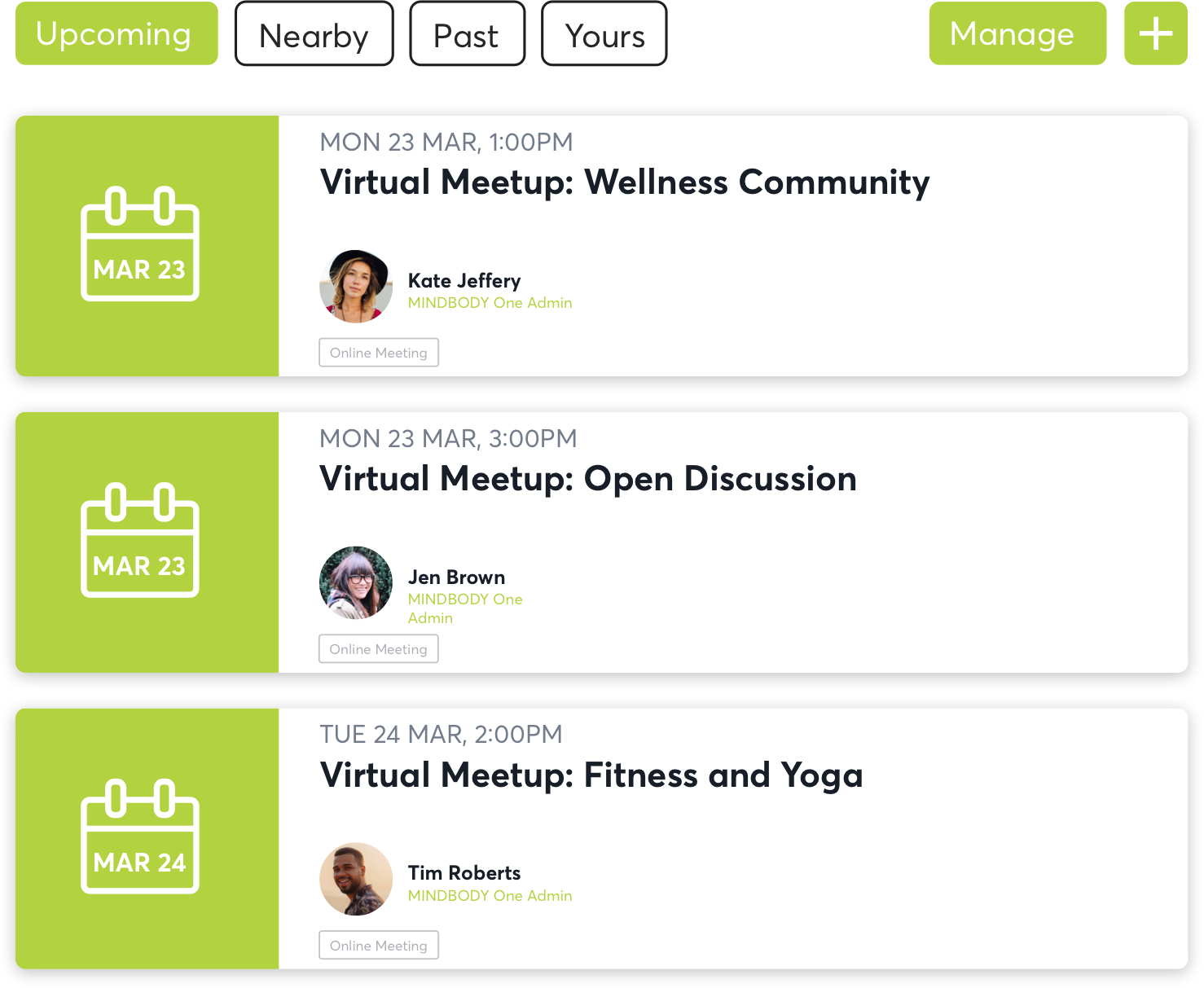This site uses cookies and similar tools
This site uses cookies and similar tools, some of which are provided by third parties, to operate and improve our site, enable social media and other features, and support our advertising and marketing efforts, as well as to collect user data and browsing information and record user sessions and interactions with this site. We and these third parties use the information collected to analyze and improve performance, understand more about users and their interactions with our site and third party sites and services, provide personalized experiences, and reach users with more relevant content and ads on this site and across third party sites. You can review and change your preferences for certain cookies on our site, including opting-out, by clicking Cookie Settings.















